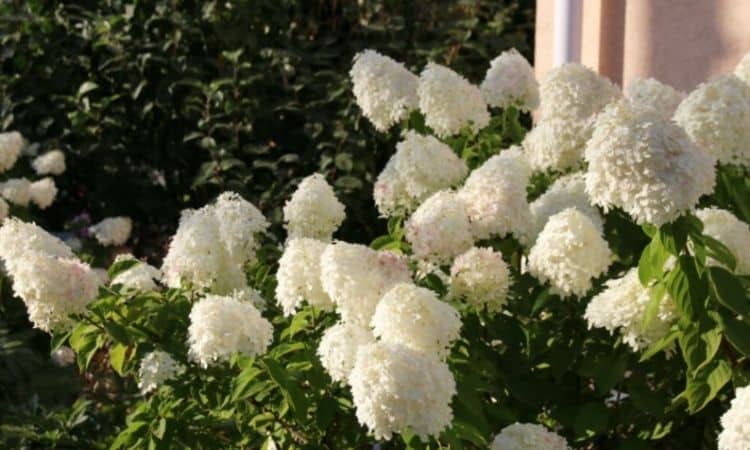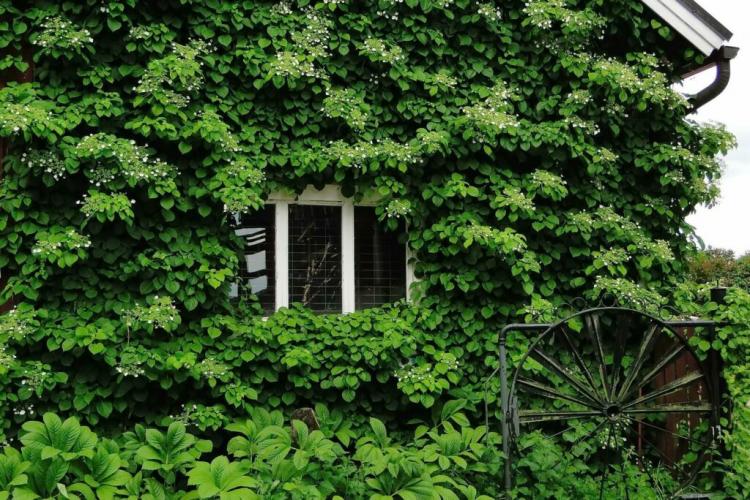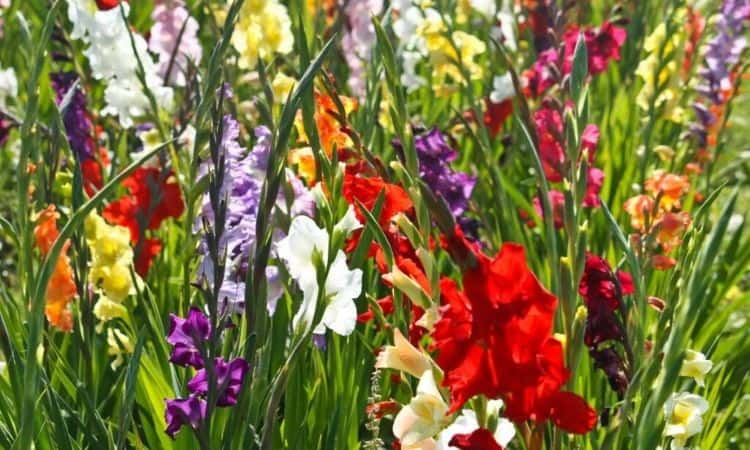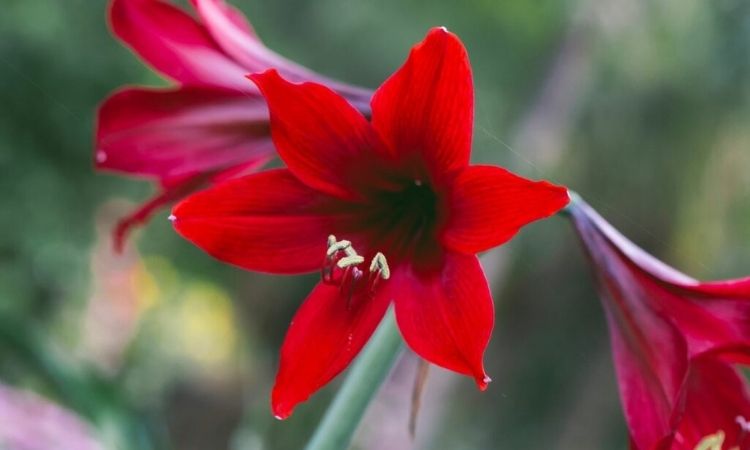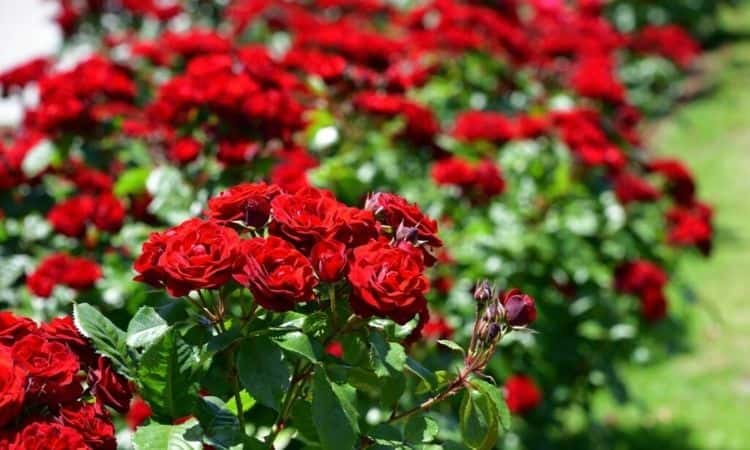Panicle Hydrangea: Plants, Propagation, Cutting And The Best Varieties
What is the perfect location for panicle hortensia? What do you have to consider when fertilizing panicle hortensias? Everything you need to know about planting and caring for the hydrangea species can be found here.
Hydrangeas exist in many different species and varieties and it is hard to imagine our gardens without them. This is also confirmed by their name – “Hydrangea” comes from the Latin word hortensias, which means “belonging to the garden”. The panicle hydrangea is one of the most robust hydrangea species.
Hydrangea Of The Panicle: Flowering Time, Origin, And Characteristics
Table of Contents
The panicle hydrangea (Hydrangea paniculata) belongs to the genus Hydrangea in the family Hydrangeaceae. Like most hydrangea species it originates from East Asia. Its wild form is common in China, Japan, and Russia. Hydrangeas grow as an upright shrub and grow to a height of 2 to 4 meters and a width of 2 to 3 meters at an advanced age.
The grey-brown branches have oval to ovoid leaves that are about 6 centimeters wide and up to 15 centimeters long. They are intensely green in color and taper to a point. The leaf edge is finely serrated. In autumn, the leaves often take on a green-yellow coloration. The flowering time of the panicle hortensia is between July and October.
This makes it one of the late flowering hydrangea species. The cone-shaped flower panicles of the panicle hydrangea are composed of sterile flowers with 3 to 4 decorative, roundish sepals each and of fine, rather inconspicuous, fertile flowers.
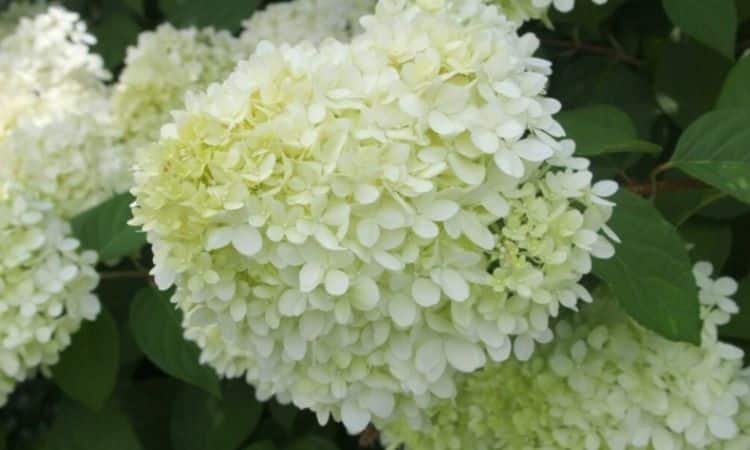
Depending on the variety, panicle hydrangeas bloom in pink, pink, or white to creamy white, combined with light green. Towards the end of flowering, the white varieties also often turn pink. However, the hydrangea blue known from garden hydrangeas (Hydrangea macrophylla) does not exist in panicle hydrangeas. Perhaps you have already asked yourself whether panicle hydrangeas are bee-friendly.
Most hydrangea species and varieties are dominated by sterile flowers. Bees and other insects do not find food in these. However, there are some panicle hydrangea varieties that have a higher proportion of nectar-rich, fragrant and fertile flowers and are therefore bee-friendly. Among these varieties are for example ‘Tardiva’ and ‘Kyushu’.

Hydrangea Varieties
Apart from the proportion of fertile and sterile flowers, the different panicle hortensia varieties differ primarily in their growth height and color. In addition, some varieties are well suited as high stems.
Winter-hardy panicle hydrangea varieties
- Limelight Panicle: flower panicles up to 30 cm long; lime-green flower color, changing from white to pale pink in the course of flowering; flowering time: July – October; height: up to 2 m; especially frost hardy and robust.
- Vanilla Fraise Panicle Hydrangea: flowers appear at the beginning of the flowering period in cream to vanilla white with a hint of pink, the pink becomes more and more intense in the course of summer, until the flowers shine in a strong purple-red in late autumn; reddish-brown colored shoots; flowering time: July – November; height: up to 2 m; hardy and robust; can also survive drier phases.
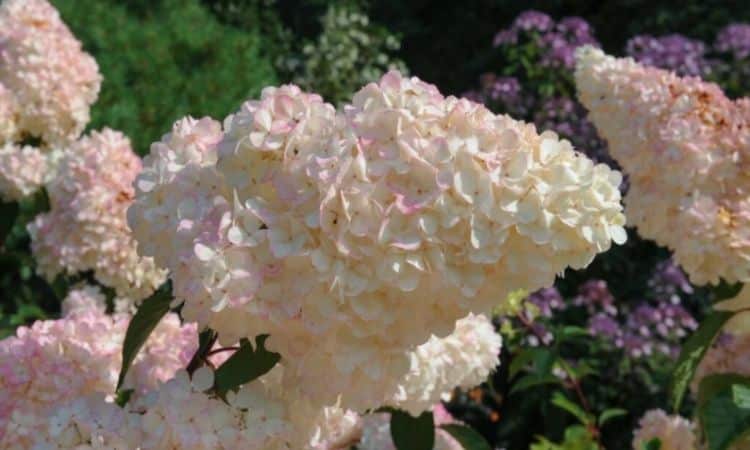
- Phantom panicle: Rarer variety; forms flower panicles over 30 cm in size; they appear at the beginning in white to cream yellow and turn pink to red in autumn; flowering time: August – October; height: up to 2.5 m; especially hardy.
- Diamond Rouge Panicle: Particularly large flower panicles (35 – 40 cm); at the beginning of flowering they shine in pure white, changing from pink to an intense raspberry red; the foliage is initially fresh green and turns orange in autumn; flowering time: July – September; height: up to 2 m; hardy.
- Spike-leaved panicle Tardiva: late variety; loose, fragrant flower panicles in white-pink; blooms until October and provides food for insects when most other flowers have already faded; dark green leaf; flowering time: July – October; height: 2.5 – 3.5 m; good frost hardy and undemanding.
- Kyushu panicle: creamy white flower panicles; the pleasant scent of the fertile flowers, which attracts many butterflies; flowering time: July – September; height: 2 m; very frost hardy.
Panicle Hydrangeas As High Stem: Suitable Varieties
In addition to the panicle hydrangea variety ‘Limelight’, the varieties ‘Levana’ and ‘Wim’s Red’ are also suitable as high stems. They are also hardy. Levana’ develops very large, pure white inflorescences of up to 50 centimeters in length and grows to a height of 3 to 5 meters. It flowers from June to September or October. The green leaves of this panicle hydrangea form a beautiful contrast to the bright flowers.
The variety ‘Wim’s Red’ has white flower panicles that open from the beginning of June. In the course of the flowering period, its color changes from light pink to intense red. This creates the impression that the flower panicles are multicolored. Wim’s Red’ grows up to 2.5 meters high and flowers until September.

Hortensia In A Pot: Small Varieties For The Pot
Small panicle hydrangeas are suitable for potted planting on the balcony or terrace. The lime green flowering dwarf panicle hortensia ‘Mojito’ reaches a height of 90 to 100 centimeters. The white-flowering dwarf panicle hydrangea ‘Little Spooky’ grows to a height of only 30 to 50 centimeters and the white-green to pinkish-red flowering dwarf panicle hydrangea ‘Little Fraise’ grows to a height of 60 to 80 centimeters.
Rose Hydrangea Planting: Location, Timing, And Procedure
Hortensias of panicles prefer a sunny to semi-shady and wind-protected location in the garden or on the balcony. They can be planted all year round, but ideally, the plants are planted in spring. The soil should be fresh, permeable, rich in humus and nutrients, and have a pH between 5.5 and 6 (slightly acidic).
Soils with low permeability, on the other hand, should be mixed with enough sand so that it makes up at least one-third of the soil volume in the planting hole. Mix the substrate well and then dig a sufficiently large planting hole. Break open the planting ball of the panicle hydrangea slightly with your hands or a spade to stimulate the branching of the roots and place it in the planting hole.

Fill the hole with the substrate and press firmly. Water generously. With a mulch layer of leaves or bark mulch, you can ensure that the moisture remains in the soil longer when watering and does not evaporate as quickly. Especially when planting in the warm season, regular watering is required afterward.
Cutting The Panicle Hydrangea: The Right Time And Instructions For The Procedure
What is the procedure for cutting panicle hortensias? Is it better to cut them back in autumn or spring? Our tips for the perfect cutting of panicle hydrangeas. Panicle hydrangeas are particularly attractive because of their large, dense flower panicles, which appear in different colors depending on the variety and change color during the flowering period.
In order to maintain the flowering and compact growth of your panicle hydrangeas, it is advisable to prune them annually. However, if you don’t have enough time or if you have a panicle hydrangea in a flowering hedge, it should be mentioned that Hydrangea paniculata grows excellently even without pruning.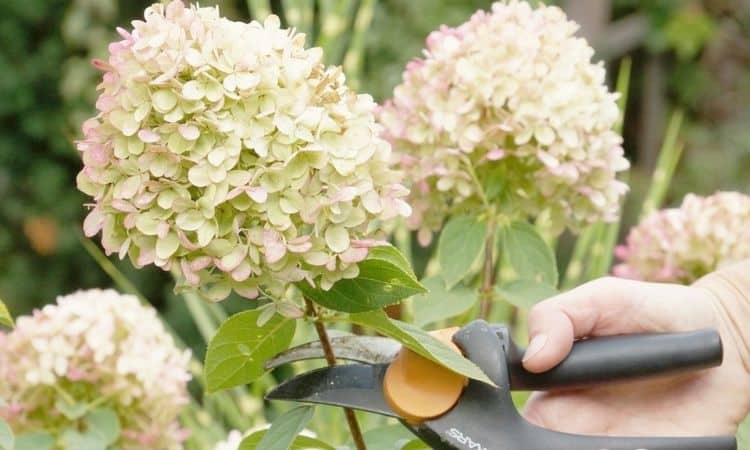
Without pruning, it will grow bigger and bigger with the years and become balder inside the shrub. In the end, it will bear fewer flowers in proportion to the mass of leaves.
When Should Panicle Hortensias Be Cutting?
Panicle hydrangeas belong to the late flowering hydrangea species. Their withered panicle flowers form a pretty decoration in the garden in winter. In spring, the stems can be cut back if necessary. The right time for pruning the panicle hydrangea is between mid-March and April, after the last heavy frosts and before the plant sprouts again.
In addition to pruning, spring fertilization is particularly beneficial for pot hornetsia and helps the panicle hornetsia to produce powerful new shoots and many flowers. For example, organic hydrangea fertilizer with long-term effects reliably supplies the hydrangea with all important nutrients.
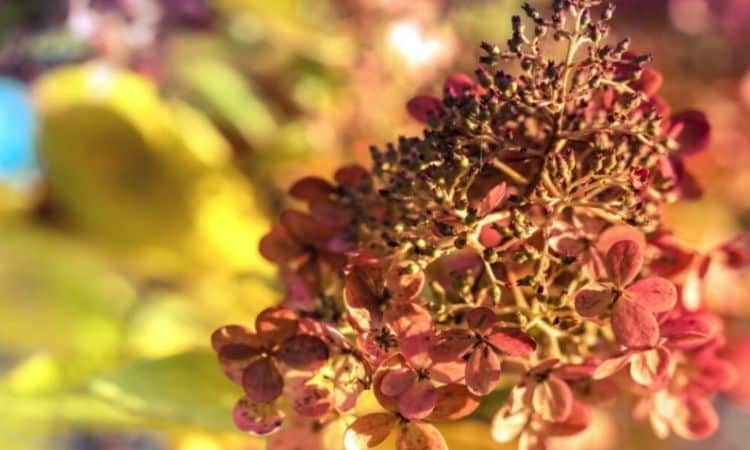
Cut Panicle Hortensias: This Is How To Cut Back
There are different ways of cutting the panicle hydrangea. The basic rule is: Do not be too reserved. The more you cut back the panicle hydrangea, the more powerful the new shoots will be and in summer it will thank you with larger flower panicles.
About one-third of the crown volume can be cut back per cut. The panicle hydrangea, unlike e.g. the farmer’s hydrangea, forms the flower buds only after budding on the “new”, i.e. this year’s wood. Therefore, you need not be afraid of removing or damaging flower buds when cutting.
If you want to keep the classic shrub shape, you should shorten all shoots to a stump about 15 centimeters high with about 2 “sleeping eyes”. These are dormant budding plants from which new shoots sprout in spring. You can recognize them as raised spots under the bark. In addition, diseased and dead wood should be completely removed.
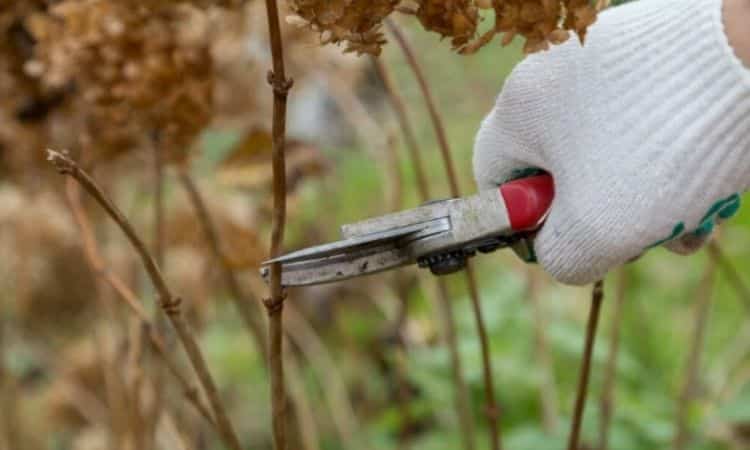
If you want to cut your young panicle hydrangea to a high trunk, you must already carry out the following cutting measures in the first year of standing: First look closely at the plant and select one of the middle shoots that will later form the stem.
Decide on a strong, straight-growing shoot. All laterally growing shoots must be removed. Cut them back completely, i.e. to the base. The left-standing shoot should be stabilized with a wooden stick. It should also be trimmed down to 2 to 3 sleeping pairs of eyes. In the following years, each spring, the shoots that have started in the lower part of the main stem are removed and the shoots of the crown are cut back to about 10 centimeters in length.

